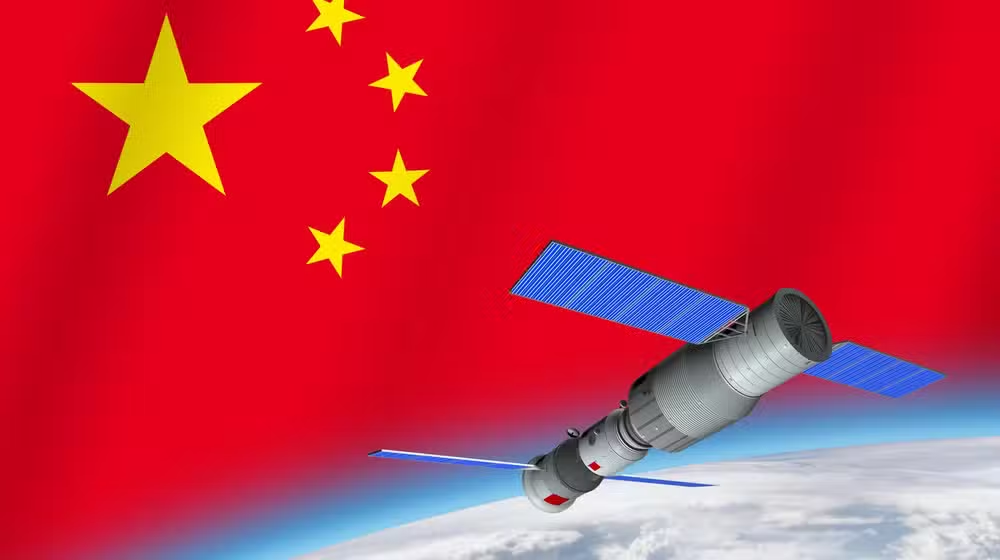China Surpasses Elon Musk’s Starlink with Satellite Internet That’s 5 Times Faster
Chinese researchers have achieved a breakthrough in satellite internet technology by boosting downlink speeds up to 1 Gbps—five times faster than SpaceX’s Starlink service. This was accomplished using a mere 2-watt laser beamed from a geostationary satellite orbiting 36,705 kilometers above Earth, significantly farther than Starlink’s low-Earth orbit satellites.
Tackling Atmospheric Interference
One of the major challenges in laser-based satellite communication is atmospheric turbulence. As laser beams pass through Earth’s atmosphere, they become scattered and distorted, reducing signal strength and quality. To overcome this issue, a team led by Professor Wu Jian from Peking University of Posts and Telecommunications and Liu Chao of the Chinese Academy of Sciences introduced a new technique called AO-MDR synergy.
According to their study, published in the Chinese-language journal Acta Optica Sinica on June 3, this method is specifically designed to maintain communication quality even under extremely low signal power conditions.
READ MORE:
IRGC Strikes Target Aman and Mossad Headquarters in Israel
Inside the Breakthrough
The AO-MDR system was tested at an observatory in Lijiang, southwest China. Using a 1.8-meter telescope aimed at the satellite, scientists deployed 357 micro-mirrors to correct atmospheric distortions in real-time. These mirrors reshaped the laser light, significantly reducing wavefront deformation.
To further boost performance, researchers used a multi-plane light converter (MPLC) to split the incoming light signal into eight base-mode channels through a multi-mode fiber. A proprietary algorithm called “path-picking”, powered by specialized chips, then identified and combined the three strongest signals to optimize the output.
Higher Performance and Reliability
The AO-MDR approach dramatically increased both performance and reliability. Compared to adaptive optics (AO) alone, the synergy of AO and MDR produced stronger, clearer signals and reduced errors. Usable signal reception improved from 72% to an impressive 91.1%, a substantial improvement for high-value satellite data transmission.
This innovation puts China ahead in the global race for faster, more reliable satellite internet and represents a major step toward space-based high-speed internet for both civilian and military applications.




